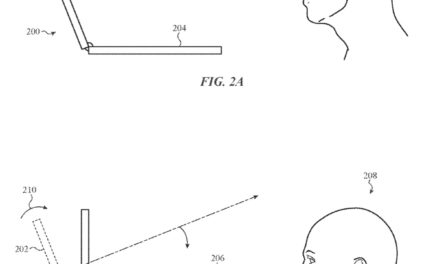As Hollywood prepares for a summer filled with more 3D blockbuster hopefuls and cable networks launch 3D networks and programming for new 3D televisions, the trend towards this new technology is hard to miss — except for the millions of Americans who literally can’t see it.
Movies including “Avatar” and “Alice in Wonderland” have already left their impression on the 3D screen and new movies using the technology are making their way into theaters across the country. Meanwhile, ESPN and the Discovery Channel are preparing to broadcast in 3D. This new technology is catching the eyes of fans nationwide, but some people may not be able to enjoy the 3-D experience because of vision problems.
“Quite simply, people who have even a small vision misalignment or those who don’t have equal vision in both eyes may not be able to see 3D images properly,” says Dr. Leonard Press, chair of the American Optometric Association’s (AOA) Pediatrics and Binocular Vision Committee (http://www.AOA.org). “Individuals with unstable focusing or difficulty in coordinating vision with other senses can experience headaches and other uncomfortable side effects from viewing 3D movies.”
According to the American Optometric Association, anywhere from three to nine million people have problems with binocular vision prohibiting them from watching 3D TV and movies. Binocular vision is the ability to align both eyes accurately on an object and combine the visual images from each eye into a single, in-depth perception. The problem comes from fatigue caused when 3D technology forces the eyes to make adjustments to focus simultaneously on images that are near and far away.
Symptoms indicating a potential problem with the ability to see images in 3D vary from person to person. According to the results of the AOA’s American Eye-Q survey, the majority of individuals who suffer from 3D vision complications most often experience headaches (13%), blurred vision (12%) and dizziness (11%). The AOA recommends seeing a doctor of optometry for further evaluation if consumers answer yes to any of the following questions:
Is the 3D viewing experience not as vivid as it is for others watching the same picture?
Do you experience eyestrain or headaches during or after viewing?
Do you feel nauseous or dizzy during or after viewing?
Are you more comfortable viewing 2D TV or movies instead of 3D TV/movies?
Is it difficult for your eyes to adjust back to normal after watching 3-D TV/movies?
“Watching 3-D programming can unmask issues such as lazy eye, convergence insufficiency, poor focusing skills and other visual problems consumers might not have previously known existed,” saysDr. Dominick Maino, a Professor of Pediatrics/Binocular Vision at the Illinois College of Optometry’s Illinois Eye Institute. “Research shows that up to 56% of those ages 18 to 38 have symptoms related to a binocular vision problem. It is important to know that studies also show optometric vision therapy can help alleviate these problems and make the experience of watching these movies more enjoyable.”
Optometric vision therapy is a sequence of therapeutic procedures individually prescribed and monitored by an optometrist to develop efficient visual skills and processing. Following an eye examination, the optometrist may prescribe vision therapy if the results of the exam indicate a need and if it is determined an appropriate treatment option for the patient. The vision therapy program is based on the results of standardized tests, the needs of the patient, and the patient’s signs and symptoms. Optometric vision therapy re-educates the brain to achieve single, clear, comfortable, two-eyed vision that improves eye coordination, focusing and eye movement, ultimately enhancing the 3D viewing experience.



